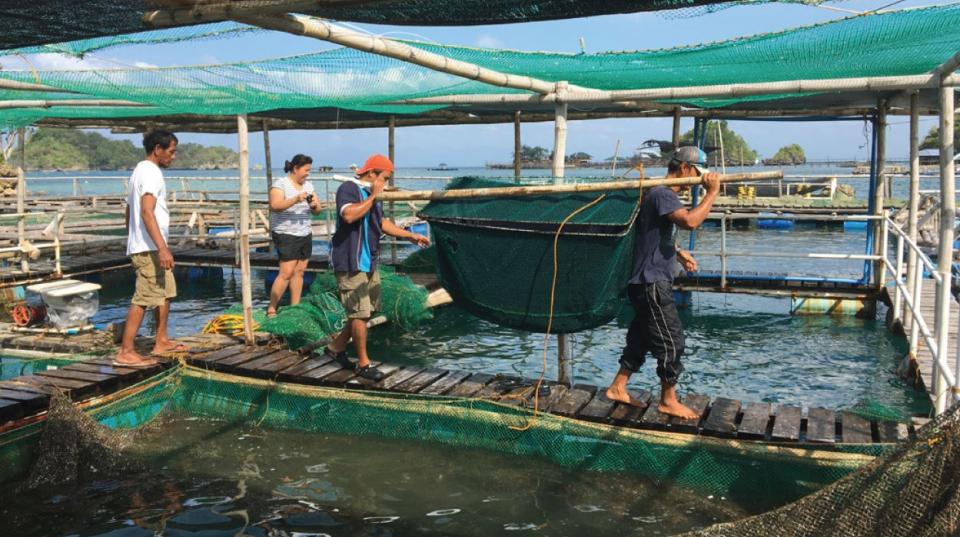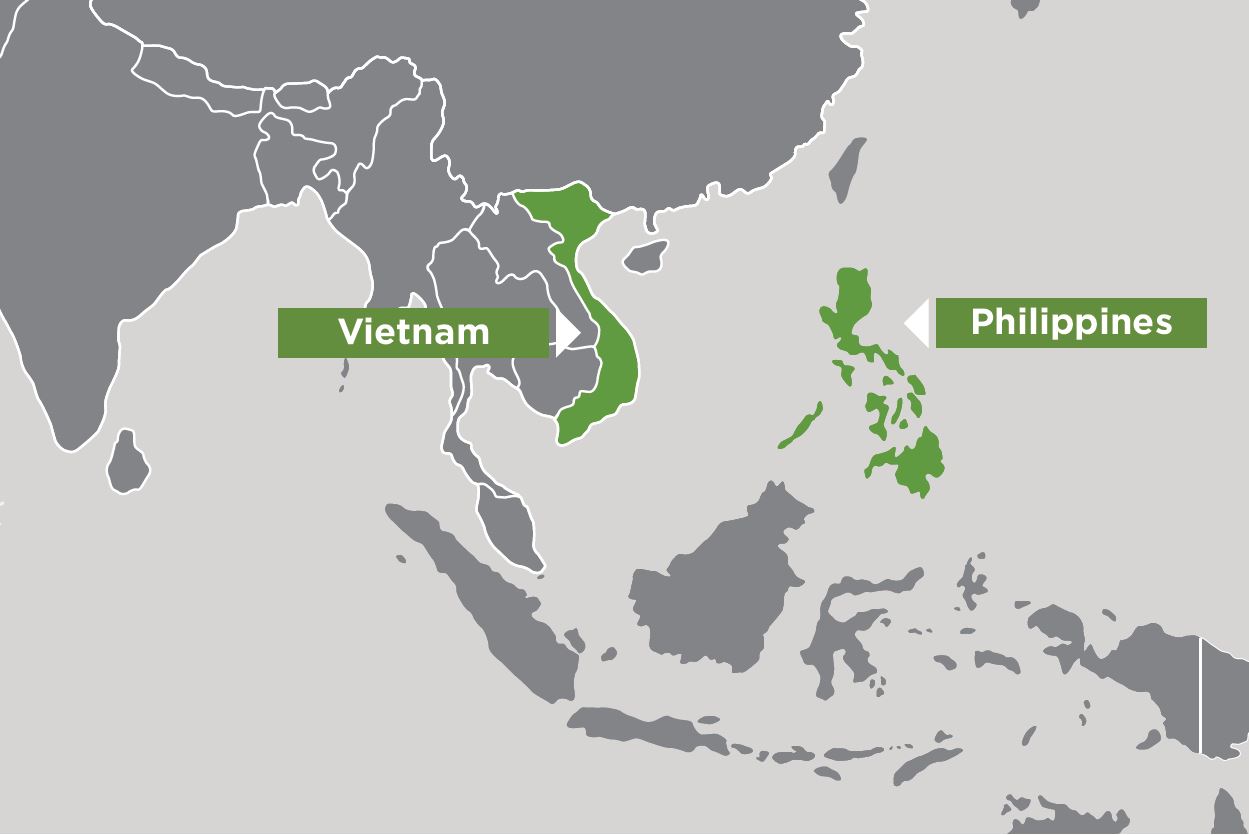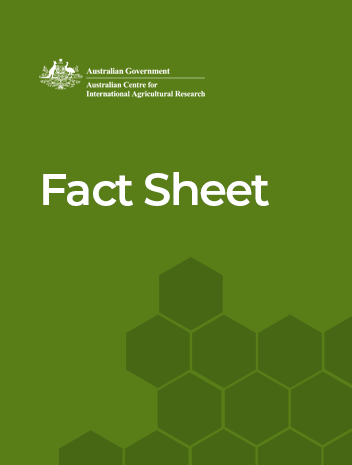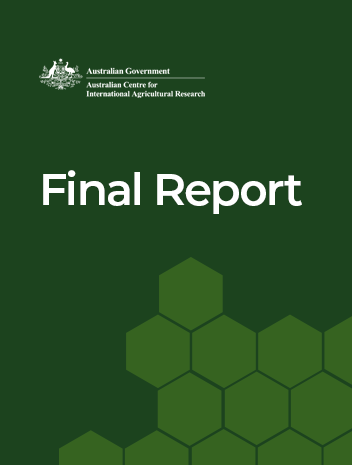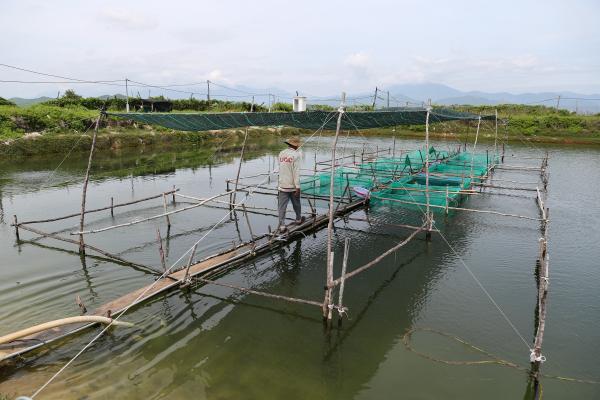Overview
This project established a sustainable aquaculture industry for giant grouper in Vietnam and the Philippines through the development of captive breeding and larval-rearing techniques.
Captive breeding innovations and larval-rearing techniques, developed through a collaborative Fisheries project, are sustaining the aquaculture industry for giant grouper in Vietnam and the Philippines.
Groupers are vital to the live reef food-fish trade in South-East Asia, and the giant grouper is a high-value, fast-growing species with significant aquaculture potential.
Establishing a sustainable giant grouper aquaculture industry is a high priority for the region, but research is hampered by the high level of investment required to hold and maintain giant grouper broodstock. Lack of commercial production is also due to limited knowledge about the giant grouper’s maturation and spawning behaviour, and low larval survival.
Project outcomes
- Further development of the grouper industry in the three partner countries.
- Development of technologies that will also improve the production of other large and commercially important marine finfish.
- Improved methods for controlled reproductive development and sex reversal and minimised handling of broodstock.
- Implementation of affordable and more easily managed commercial production systems.
- Improved household incomes, food and nutrition security due to expansion of the aquaculture industry in the Philippines and Vietnam.
- Greater resilience at the household, community and national levels to future changes in the wild-caught fish supply.
- Benefits to about 60 to 70% of the population in both the Philippines and Vietnam from the increased fish availability.
- Increased capacity of staff in the partner countries.
